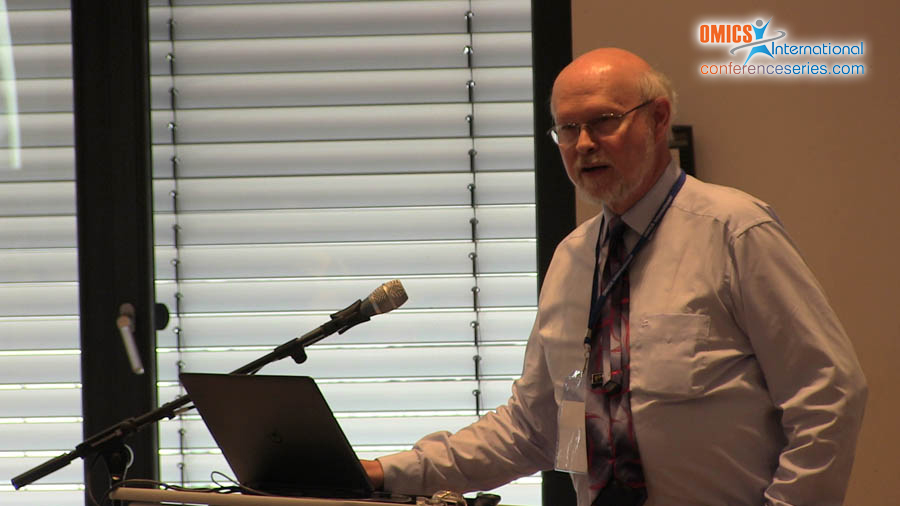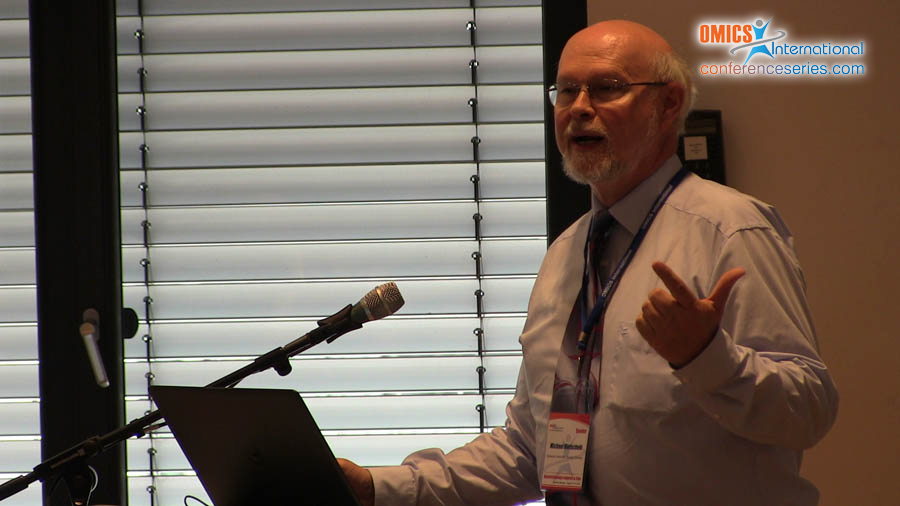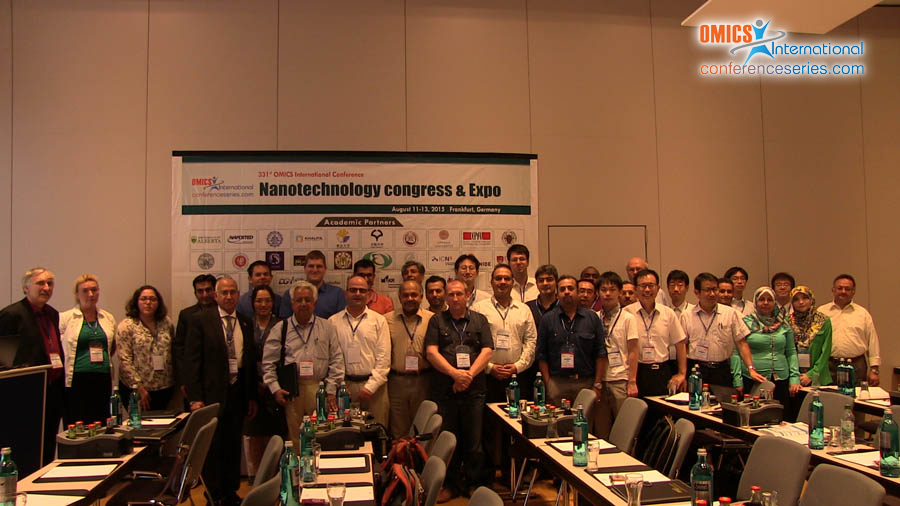
Michael Hietschold
Chemnitz University of Technology, Germany
Title: Pattern Control in Molecular Self-Assembly
Biography
Biography: Michael Hietschold
Abstract
The investigation of self-assembled adsorbate structures on crystalline substrate surfaces is a classical topic of surface physics which has been dominated for a long time by diffraction techniques. The appearance of scanning probe microscopes – especially scanning tunneling microscopy (STM) – has opened the fascinating opportunity of direct real-space imaging with atomic or submolecular resolution. At the interface between a solution and a crystalline solid solute (and sometimes also solvent) molecules may deposit in an ordered manner at the solid substrate surface. In-situ studies of the adsorption pattern created this way are possible by ambient STM with the tip immersed in a deposited solution droplet. As an example, trimesic acid (TMA) molecules solved in alkanoic acids may arrange in open adsorption patterns (chicken wire and flower structures) due to H bonding via carboxylic functional groups. At the liquid-solid interface, such type polymorphism may be controlled by the nature of the solvent as well as the concentration of the solutions which opens access to further novel structures. By a controlled increase of molecular packing density of solutions of TMA in alcohols, a surface-reaction of TMA with coadsorbed solvent molecules (monoester formation with undecanol) has been observed. Recent investigations concerning substrate temperature during deposition and replacement of trimesic acid by the non-planar benzene-triphosphonic acid will be discussed also. Such kind of investigations may open a way to better understanding the conditions of structure formation and control which is permanently encountered in the biotic world and which might become extremely fruitful for future engineering.



